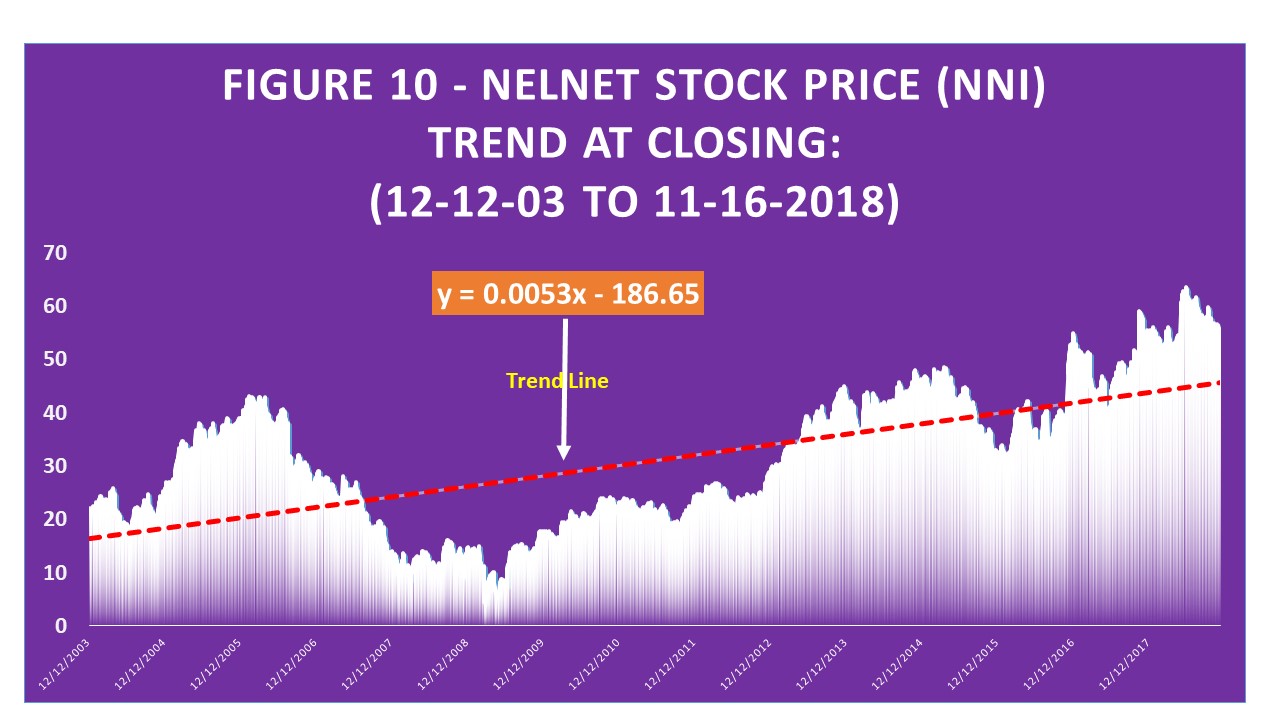ESCC stands for Education Standard and Compliance Commission
Looking ahead, one may ask what next, after the student loan got written-off from the book? Well, after 10 years, the same issues will pop again, unless new public policies are put in placed. Establishing the new policies will be the second step, and in the mathematical concept for optimization, it is called a sufficient condition (SC) in these new efforts. Let us call this SCN. The SCN is nothing, but the necessary condition under the old system and named it NCO. Because of the systematic errors that have been induced in the system for decades, the NCO cannot function well, crippled or ineffective. The American public can see what kind of damages or results it has caused. $1.5 trillion debt is accumulated because higher ed industry has been distorted badly, with no possible way to lower it. This number will keep increasing per second, per second, and accelerate every time, when the American citizens are breathing the air.
Citizens of the United States of America have to make the urgent decisions
Increasing student loan debt should be interpreted as continuous transfer of wealth from the American public to someone’s else pocket. And this transfer occurs every second. It is a kind of transfer money or wealth or whatever one wants to call it, from the have-not to the have, or from small to big guys. Of course it cannot be denied that Uncle Sam makes some $$ through the loan origination fees and the interest charges, which, in some cases higher than what the competitive market is charging. Pretty pathetic, isn’t it? Hopefully by now, the American public has a better picture, and realizes how broken the system was and how urgent it is to get it fixed. But many parties and entities love the broken system for they got the benefit out-of-it.
One may ask why? The answer is quite straight forward, because lack of control. DOE does not have the man power to do all the job. Or should one say it does not have the will to do so, or simply using a simple phrase, DOE does not care. It hopes that it can do minimal control through IPEDS. The real world shows that the fruits of this policy are almost close to zero. But, why Uncle Sam keeps on waiting until the student loan debt (SLD) is in crisis? Is it because it makes sweet money out of its citizens? The American public is hoping that the new loans management will be better in the future. However, the apparatus needs to be established without delay.
AAEA has proposed that Uncle Sam has an entity that is equivalent to SEC (Security and Exchange Commission). On December 14, 2014, the Association has written, shared and proposed the so-called ESCC (Education Standard and Compliance Commission) followed by the second post on October 30, 2015. Under the new atmosphere, the American people may have a chance to see the light again,.ie., not worrying about accumulated debt after finishing their education. However, without ESCC, the disease will comeback again after 10 years. America, it is the time to make the change!

